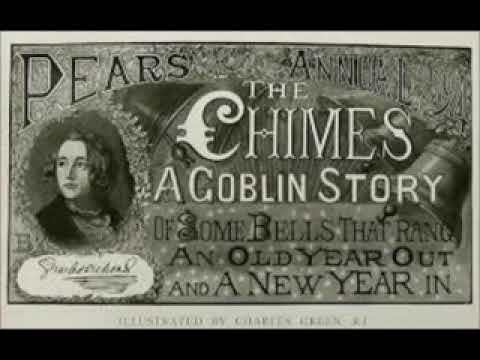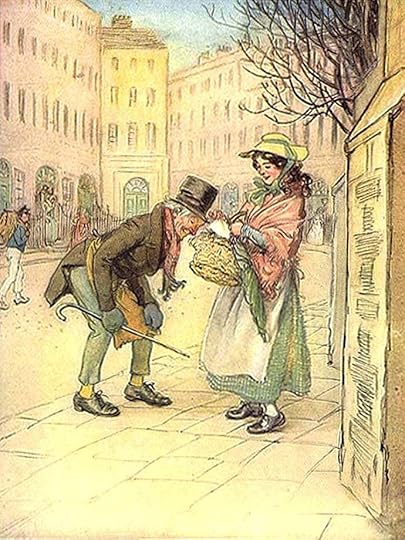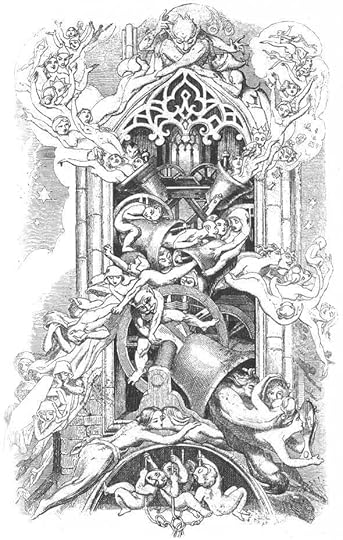What do you think?
Rate this book
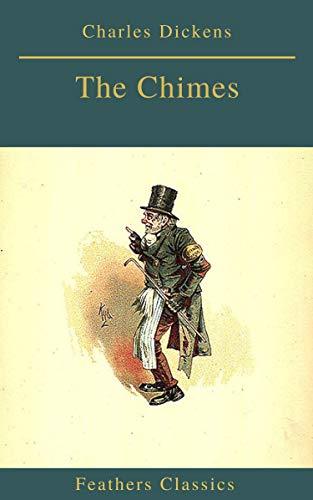

93 pages, Kindle Edition
First published January 1, 1844
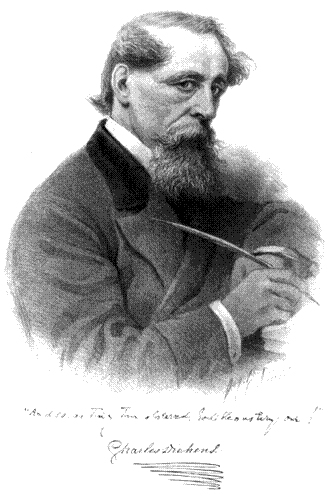
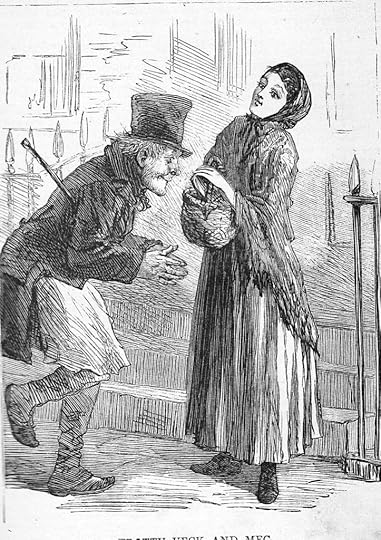
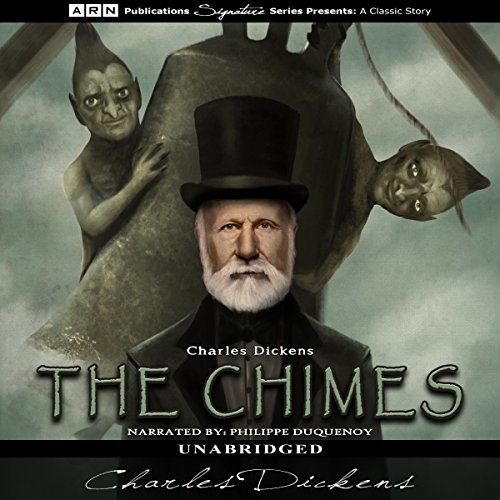

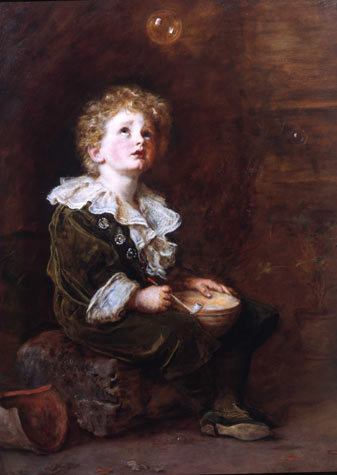
"Ugh! Heaven preserve us, sitting snugly round the fire! It has an awful voice, that wind at Midnight, singing in a church!"
"High up in the steeple of an old church, far above the light and murmur of the town and far below the flying clouds that shadow it, is the wild and dreary place at night: and high up in the steeple of an old church, dwelt the Chimes I tell of."


